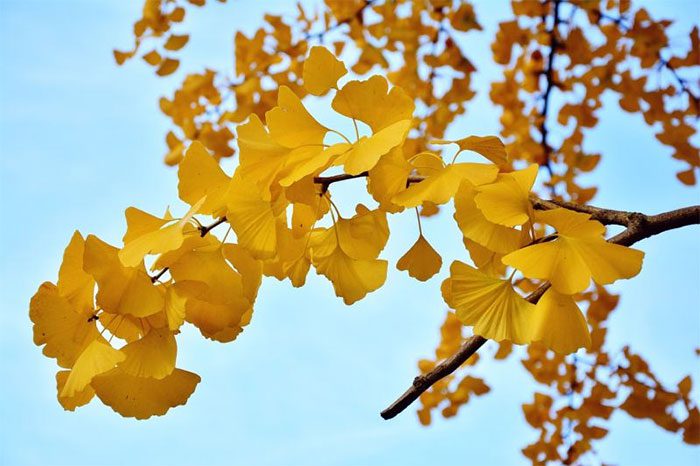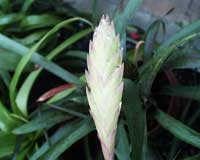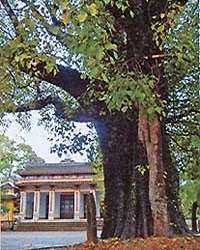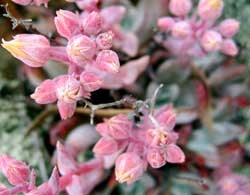Researchers from the United States and China have recently discovered the reasons why the Ginkgo tree can live for over 1,000 years.
This study was published in the Chinese Journal of Science and the Proceedings of the National Academy of Sciences in the United States.

The longevity of the Ginkgo tree is a balance between growth and aging.
Researchers from Beijing Forestry University and the University of North Texas, along with several other research institutes in China, analyzed 34 Ginkgo trees, categorizing them into three groups based on their age.
Compared to mature trees, the ancient trees (aged between 193-667 years) had thinner layers of xylem cells. Xylem cells are layers of cells in the tree trunk located between the wood and the bark, capable of differentiating into various tissues. During the growing season, the cambium continuously produces new plant cells, including new root buds.
The study showed that the ancient trees had higher levels of IAA—a hormone that regulates and stimulates plant growth—and lower levels of ABA, a hormone that inhibits growth.
The growth range of trees averaging chest height in the ancient group increased at a rapid rate, indicating a continuous division of xylem cells.
Meanwhile, there was little difference among the trees in terms of photosynthesis, leaf development, seed germination, or disease resistance compared to younger trees. This suggests that the ancient trees are all in a healthy state.
The authors of the study noted that these trees often die from external factors such as pests. They also found a strong expression of genes related to disease resistance and the ability to synthesize protective compounds in ancient trees.
This demonstrates that ancient trees do not lose their ability to defend against harmful external factors. Therefore, the researchers concluded that the longevity of the Ginkgo tree is a balance between growth and aging, rather than being determined by a single gene.





















































